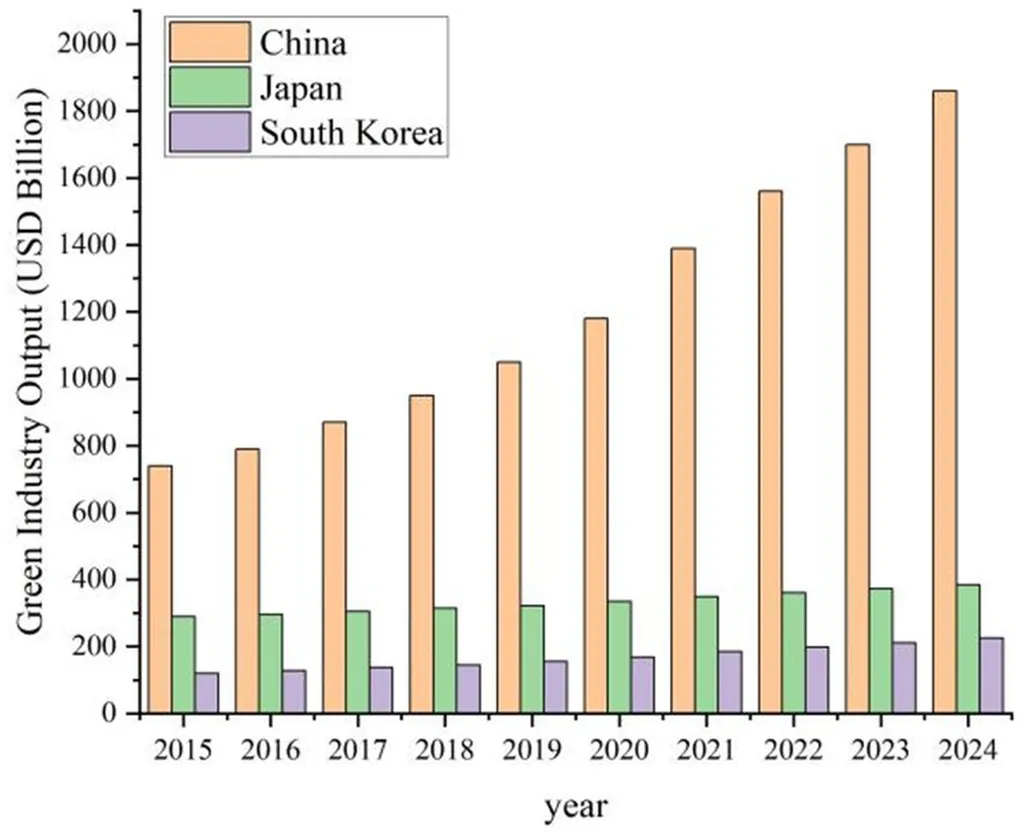In the face of South Korea’s rapidly aging population, a groundbreaking study led by Myungshig Kim of Shinhan University is paving the way for strategic infrastructure development, with significant implications for the construction and energy sectors. Published in the *Journal of Asian Architecture and Building Engineering* (known in English as the *Journal of Asian Architecture and Building Engineering*), the research tackles the critical task of selecting sites for Korean-version Continuing Care Retirement Communities (K-CCRC), a policy initiative aimed at accommodating the country’s growing elderly population.
As South Korea grapples with the challenges of a super-aged society, the K-CCRC project represents a substantial investment in infrastructure, housing, medical facilities, and welfare services. The careful selection of project regions is paramount to ensuring the success of this initiative. Kim’s study employs a sophisticated two-step approach to identify the most suitable candidate regions for these communities.
First, the research team conducted an analytic hierarchy process (AHP) survey to determine the importance of various indicators in site selection. This involved gathering input from experts during the policymaking process to establish the relative weight of each factor. “The AHP survey allowed us to quantify the subjective judgments of experts, providing a robust foundation for our analysis,” Kim explained.
Next, the team applied cluster analysis to calculate the indicator values for each region and assign importance values based on the AHP results. By combining these values, the researchers were able to rank regions by score and identify the top candidates for K-CCRC development.
The implications of this research extend far beyond the immediate goal of selecting sites for elderly housing. The methodology developed by Kim and his team offers a valuable tool for strategic planning in the construction and energy sectors. By identifying regions with high potential for development, the study can help guide investment decisions and optimize resource allocation.
Moreover, the K-CCRC initiative itself presents significant opportunities for the energy sector. The construction of large-scale retirement communities will require substantial energy infrastructure, from heating and cooling systems to renewable energy integration. As Kim noted, “The development of K-CCRCs can serve as a catalyst for innovation in energy-efficient building design and smart grid technology.”
The study’s findings also highlight the importance of considering demographic trends in infrastructure planning. As the global population continues to age, the demand for senior-friendly housing and related services is expected to grow. By proactively addressing this need, South Korea can serve as a model for other countries facing similar challenges.
In the broader context, Kim’s research underscores the need for interdisciplinary collaboration in addressing complex societal issues. By bringing together experts from various fields, the study demonstrates the power of collective intelligence in driving innovation and shaping policy.
As South Korea continues to navigate the complexities of its aging population, the insights provided by this research will be invaluable in guiding the development of sustainable and inclusive communities. For the construction and energy sectors, the study offers a roadmap for strategic investment and innovation, ensuring that infrastructure development keeps pace with the evolving needs of society.

